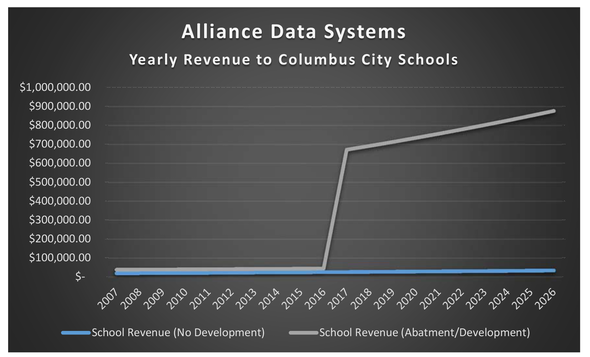Council Accepts Review of Columbus Job Creating Programs
Strategic
Development Investment Partnerships Create Short and Long-term Benefits for the
Community
[COLUMBUS-OH] According to the Columbus Tax Incentive Review
Council (TIRC) report, Columbus' economic development efforts brought $188
million in net new payroll revenue and $978 million in private real property
investments to the City in 2018.
As the City of Columbus competes regionally and nationally to
attract new companies, help local businesses expand to create new, living-wage
jobs, it participates in an annual, independent review of incentive programs to
ensure transparency and accountability. On Monday, October 7, 2019, Council
officially accepted the TIRC report and recommendations as a part of the annual
process.
“This review is an important part of the process,” said
Councilmember Emmanuel V. Remy. “Having an independent, critical eye on these projects
keeps the companies accountable to the City and the community.”
Council’s acceptance of the report allows the Department of
Development to formally continue their evaluation and then propose changes to
incentive agreements for companies that are not reaching job creation or
investment goals.
Annually, the TIRC conducts a performance audit of each
Enterprise Zone (EZ), Community Revitalization Area (CRA) and Tax Increment
Financing (TIF) agreement and submits its findings to Council. This year, the
committee reviewed 67 agreements and recommended that 44 agreements continue.
It also recommended that twenty (20) agreements were allowed to proceed with
either amendments or staff follow-up. Three (3) agreements are set to expire,
in good standing, at the end of 2019.
In 2018, the portfolio of companies
created, invested and retained:
- $188
million in new annual payroll (143 percent of goal);
- Invested
over $978 million in real property improvements (138 percent of goal);
- Created
and retained a total of 10,564 jobs;
JOB
CREATION
Incentive programs create two avenues to generate a community
benefit. The first and immediate impact is job creation. For example, in 2007,
DSW, Inc. received a 10-year/75 percent tax abatement. After the abatement
period, the company added $36.8 million in payroll while creating 549 real jobs
for Columbus residents.
CAPITAL
INVESTMENTS: YIELD LONG-TERM GAINS
Companies invested over $978 million in real property
improvements in 2018. The City and local school districts often see significant
returns in the form of increased real property tax revenues once the abatement
period ends.
Alliance
Data Systems
In 2007, Alliance Data Systems, Inc. received a 10-year/75
percent tax abatement. In the year prior to the abatement, Columbus City
Schools (CCS) received $18,914.59 in real property tax revenue. In 2018, the
year after the abatement expired, CCS received $646,213.55 in revenue and will
continue to receive that annually going forward.
“The comprehensive benefit of incentive programs is two-fold.
The jobs created placed money in the hands of residents today,” Remy continued.
“The long-term real estate investments transform neighborhoods, increase
property values, and add property tax revenue to help fund schools and other
city resources in the years ahead.”

###